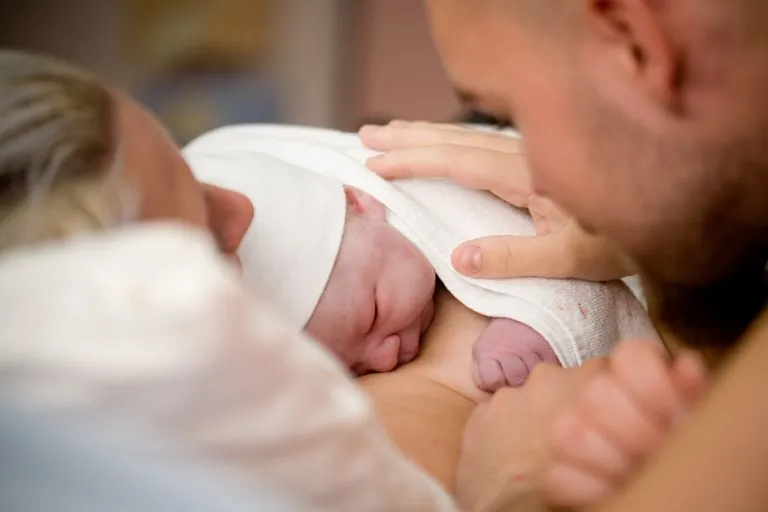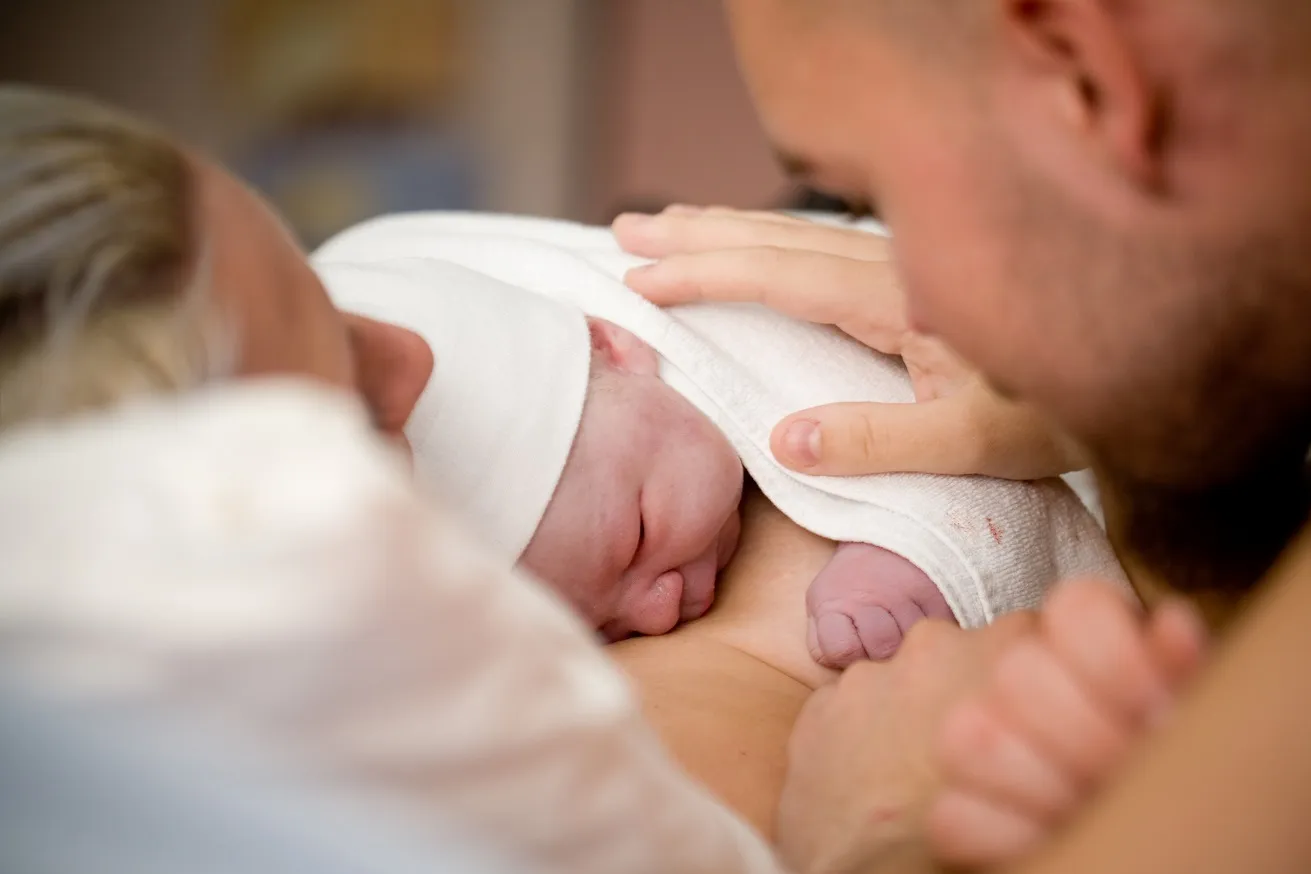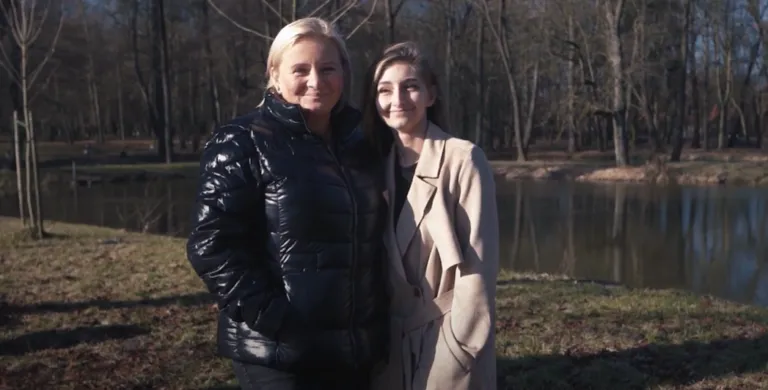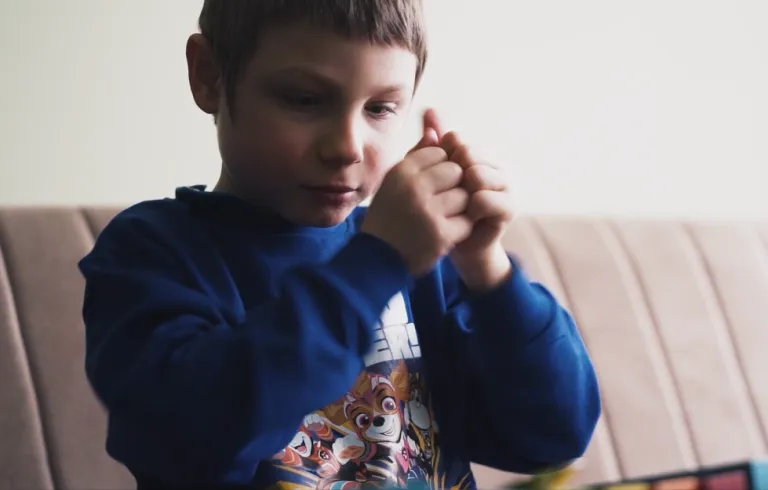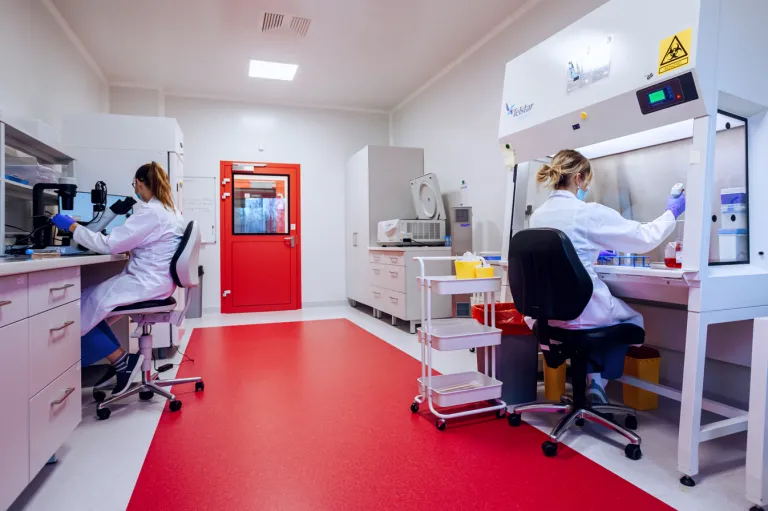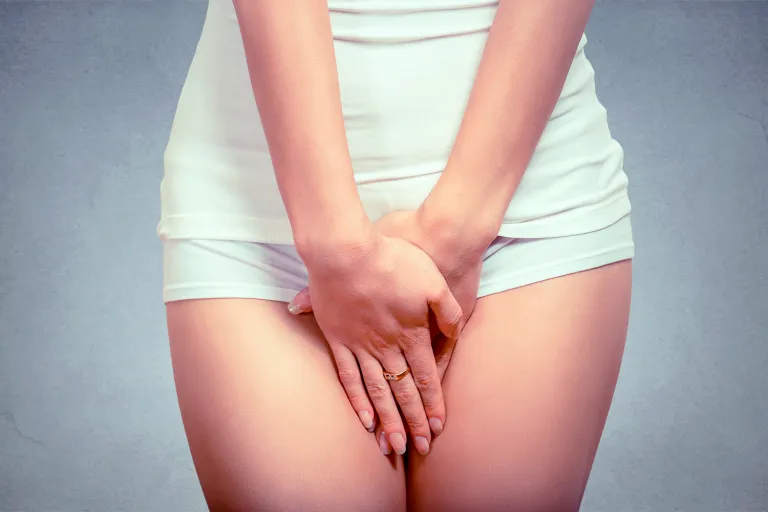Nowadays, great importance is attached to skin-to-skin contact from the first moments after birth. The advantages of kangarooing are many, so it's a good idea to indicate in your birth plan your desire to kangaroo your baby after delivery. Check out the advantages of kangarooing your baby.
Kangarooing the baby after birth – what does it involve?
Kangarooing a baby is commonly referred to as skin-to-skin contact that occurs after birth. The essence of kangarooing is for the baby to be snuggled against the Parent’s bare skin, usually the chest. For years, attention has been drawn to the many advantages of kangarooing, for both baby and mother.
Kangarooing the baby after birth – advantages for the baby
Kangarooing a baby after birth has many benefits for the newborn. For him, childbirth is a transition into a new, unknown world. In turn, this can cause him to become anxious and cry. Kangarooing is designed to provide contact with mom or dad. Kangarooing is considered to make babies calmer and feel safer. This also ensures that the correct body temperature is maintained and reduces the risk of the toddler getting chilled. The baby hearing the Parent’s heartbeat through the skin has a similar feeling to when it was in the uterine cavity. Besides, it colonizes with the Parents’ bacterial flora, which increases its immunity.
Kangarooing the baby after birth – benefits for the mother
Kangarooing a baby after birth has benefits not only for the baby, but also for the mother. It is believed that skin-to-skin contact may reduce the risk of postpartum depression. It also reduces the pain associated with, for example, suturing the perineum at this time. Naturally, the bond with the child is strengthened and the maternal instinct is activated. In addition, lactation is stimulated when the baby starts sucking on mom’s breast. Due to the increase in oxytocin during kangarooing, the uterus also shrinks better after delivery.
Dad’s kangarooing of baby after birth
Kangarooing the baby after birth is also possible by the dad. This is especially important when a C-section has taken place and the baby cannot immediately be transferred to mom’s skin. Then the role of dad is very important. It is intended to provide closeness, peace and warmth to the newborn. It is also important when a procedure such as instrumental inspection of the uterine cavity after a natural childbirth is necessary and the mother needs to be anesthetized and sedated. Many couples also choose to alternate kangarooing the baby to build a bond together.
Kangarooing your baby after birth – your rights
According to the current Organizational Standard of Perinatal Care, every woman has the right to uninterrupted skin-to-skin contact for 2 hours after delivery. In practice, this means that the baby after birth, when there are no medical contraindications, should be placed on the mother’s chest. In this way, they can be preliminarily examined and Apgar scale scores can be assessed. Of course, in a situation where the pregnancy is complicated or the obstetric situation requires it, the baby may need to be examined by a neonatologist at the neonatal station first, and only then be handed over to the mother.
Rate this article:



